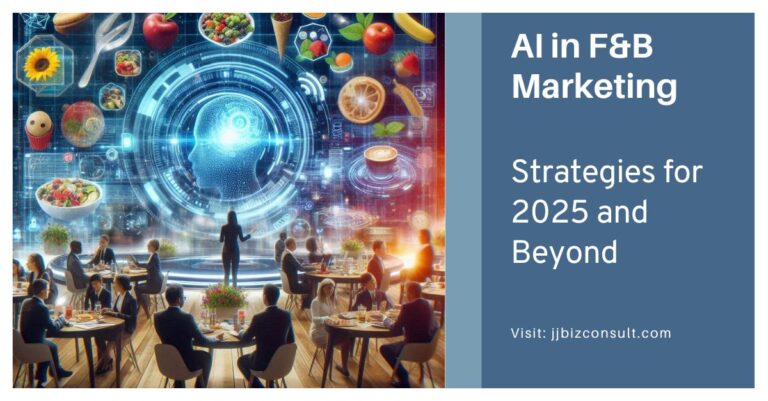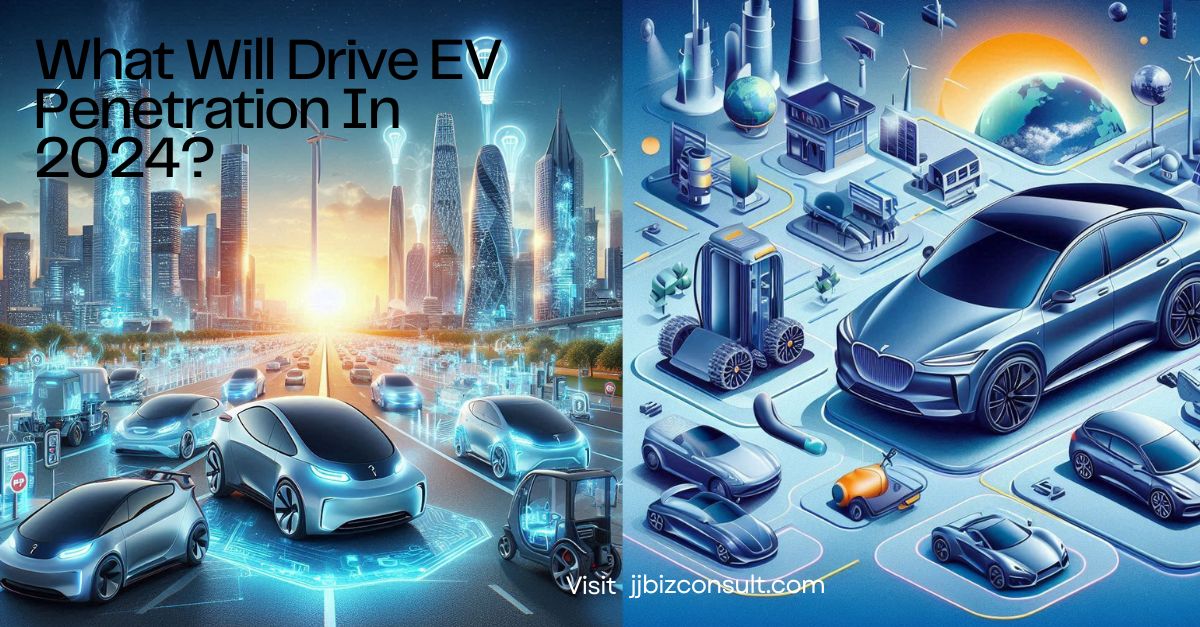
What Will Drive EV Penetration In 2024?
EV Penetration In 2024: The electric vehicle (EV) market is experiencing a period of phenomenal growth, with projections indicating a significant rise in electric car sales in 2024. But what factors are propelling this surge in electric car adoption? This blog post delves into the key drivers that will influence electric car penetration (market share) in 2024 and beyond.
1. Battery Innovations and Cost Reductions
The heart of any electric vehicle is its battery. In 2024, we can expect significant advancements in battery technology:
- New Chemistries: The International Energy Agency (IEA) predicts that up to 40% of an EV’s cost is attributed to the battery. Researchers are actively exploring new cathode materials that minimize the use of expensive metals like lithium carbonate, nickel, and cobalt1. These innovations will enhance energy density, charging speed, and overall performance.
- Wide Bandgap Materials: Silicon carbide (SiC) and gallium nitride (GaN) are transforming power electronics. These materials promise faster charging, extended range, and lower costs for battery electric vehicles (BEVs)2.
2. Market Expansion in Emerging Economies
While China, Europe, and the United States dominate EV sales, emerging markets are catching up. Here’s why:
- India and Indonesia: These populous countries are witnessing a steady shift toward electrification. Ambitious government policies and a growing manufacturing sector are driving EV adoption. Notably, two- and three-wheelers, as well as buses, are progressing more rapidly than cars in these markets.
- Sub-Saharan Africa: Growing markets in Africa are also embracing EVs. As road transportation relies heavily on micro-mobility solutions and public transport, electrification of smaller vehicles is gaining traction.
3. EV Penetration: Diverse Business Models
The EV space has seen an influx of business models, but not all are sustainable. Here are some noteworthy approaches:
- Purposeful Sedans: Models like the 2024 Hyundai Ioniq 6, 2025 BMW i4, and 2024 Polestar 2 offer a mix of power options, decent range, and comfortable cabins. These sedans cater to consumers seeking practicality without compromising on performance3.
- Affordable Options: The 2024 Fiat 500e and 2024 Nissan Leaf provide affordable entry points into the EV market. While their ranges may be modest, they contribute to overall penetration by appealing to budget-conscious buyers3.
- Luxury Segment: Tesla’s Model 3 remains a game-changer, pushing the boundaries of EV adoption. Its continuous updates and improvements keep it at the forefront of luxury EVs3.
4. EV Penetration: Charging Infrastructure Expansion
As EV adoption grows, charging infrastructure becomes critical. In 2024, we’ll witness:
- Fast Chargers: Investments in high-speed charging stations will reduce range anxiety and encourage more people to switch to EVs.
- Home Charging Solutions: Residential charging options will become more accessible, making EV ownership convenient for homeowners.
Challenges to EV penetration in 2024
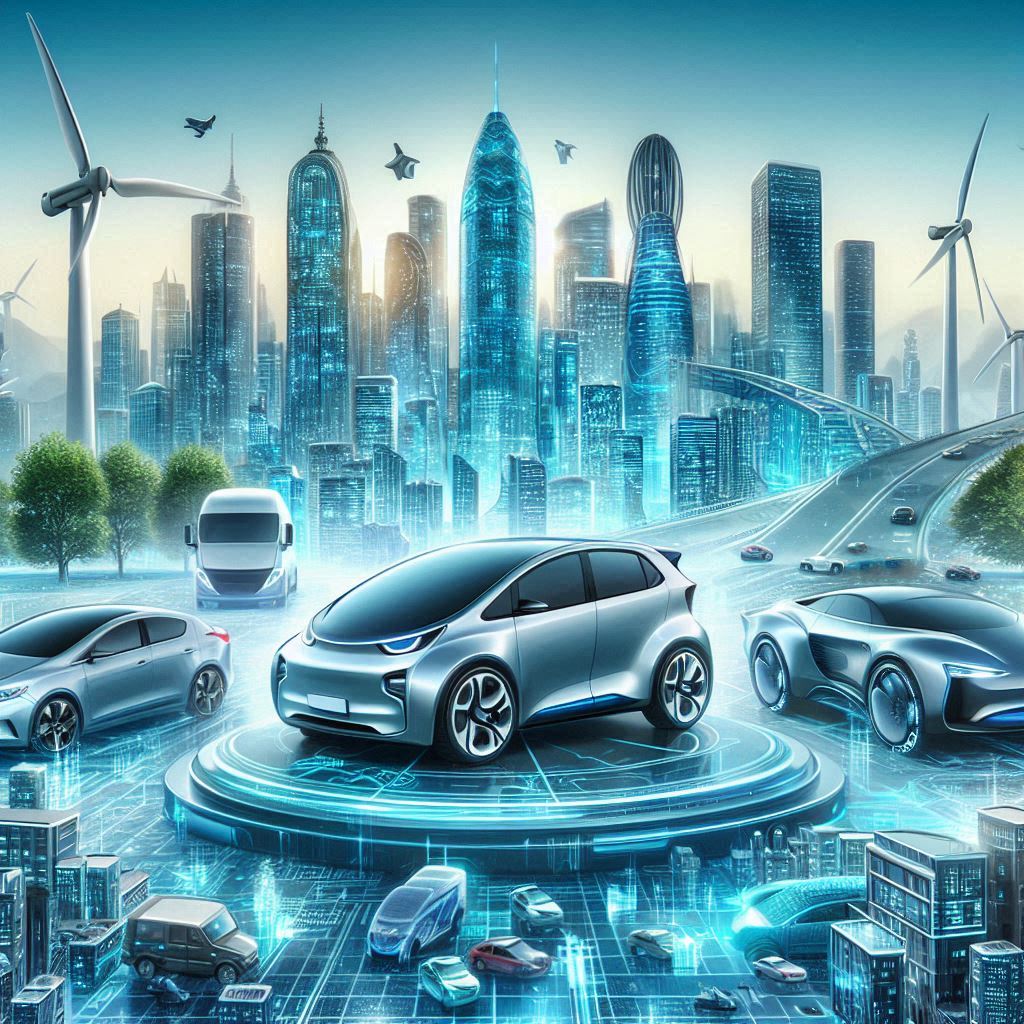
Let’s explore the challenges that electric vehicle (EV) penetration faces in 2024:
1. Range Anxiety and the Price Barrier
- Range Anxiety: Despite advancements in battery technology, range anxiety remains a significant concern for potential EV buyers. Consumers worry about running out of charge during long trips or not having convenient access to charging stations. Improving charging infrastructure and increasing the range of affordable EVs are essential to address this challenge1.
- Price Barrier: While the cost of EVs has decreased over the years, it remains a barrier for many buyers. Although total cost of ownership (including fuel savings) is often lower for EVs, the upfront purchase price can still deter consumers. Continued efforts to reduce manufacturing costs and incentivize EV adoption are crucial1.
2. EV Penetration: Charging Infrastructure
- Availability and Accessibility: The expansion of charging infrastructure is critical for widespread EV adoption. Many potential buyers hesitate due to concerns about finding charging stations, especially in rural or less densely populated areas. Governments and private companies need to invest in building a robust network of fast chargers and home charging solutions1.
- Charging Speed: While fast chargers exist, further improvements are needed to reduce charging times. Faster charging will enhance the convenience and appeal of EVs for consumers who are accustomed to quick refueling at gas stations1.
3. Capturing Early Adopters and Marketing Strategies
- Early Adopters: EV manufacturers must continue to attract early adopters who are willing to embrace new technology. These enthusiasts play a crucial role in driving initial adoption and creating positive word-of-mouth. Offering incentives, exclusive features, and personalized experiences can help capture this segment2.
- Effective Marketing: Clear and compelling marketing campaigns are essential. Educating consumers about the benefits of EVs, dispelling myths, and emphasizing environmental impact can sway potential buyers. Collaborating with dealerships to promote EVs effectively is also crucial2.
4. EV Penetration: Lessons from Norway’s EV Journey
- Norway serves as a model for successful EV adoption. Policies such as tax exemptions, toll discounts, and free parking for EVs have driven their popularity. Learning from Norway’s experience can inform strategies for other countries to overcome adoption challenges1.
5. Rethinking Transportation Beyond EVs
- While EVs are a critical part of the solution, rethinking transportation holistically is essential. Integrating public transport, micro-mobility solutions (e.g., e-scooters, e-bikes), and car-sharing services can reduce overall emissions and complement EV adoption1.
What role do automakers play in overcoming these challenges?
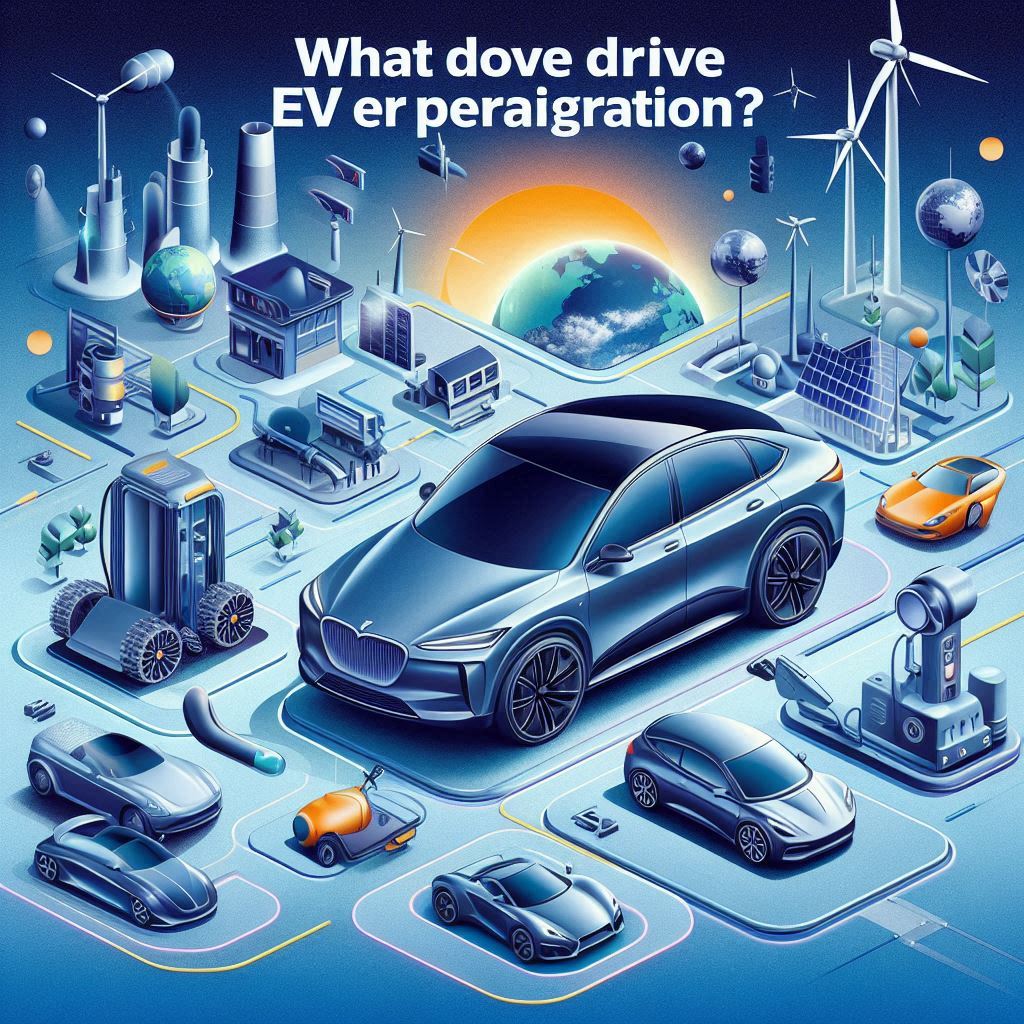
Let’s explore the critical role that automakers play in overcoming the challenges related to electric vehicle (EV) adoption:
1. Innovation and Technology Advancements
- Battery Technology: Automakers invest heavily in research and development to improve battery technology. They collaborate with suppliers and research institutions to develop more efficient, longer-lasting, and cost-effective batteries. Innovations in cathode materials, anode designs, and solid-state batteries are crucial for addressing range anxiety and reducing costs.
- Charging Infrastructure: Automakers work with charging infrastructure providers to expand the network of charging stations. They contribute to the development of fast chargers and promote standardized charging protocols. Some automakers even invest in building their own charging networks to enhance convenience for EV owners.
2. Vehicle Affordability and Incentives
- Cost Reduction: Automakers strive to reduce manufacturing costs to make EVs more affordable. Economies of scale, supply chain optimizations, and shared platforms across models contribute to cost savings.
- Government Incentives: Automakers advocate for government policies that incentivize EV adoption. These incentives include tax credits, rebates, and grants. By collaborating with policymakers, automakers can create a favorable environment for potential buyers.
3. Marketing and Consumer Education
- Educating Consumers: Automakers play a vital role in educating consumers about the benefits of EVs. They create marketing campaigns that highlight environmental advantages, lower operating costs, and the driving experience. Clear communication about charging options, range, and maintenance requirements helps dispel myths and encourages adoption.
- Showcasing Models: Automakers continuously improve their EV offerings. By showcasing compelling models with attractive features, performance, and safety, they attract early adopters and mainstream buyers alike.
4. Partnerships and Collaboration

- Collaboration with Energy Companies: Automakers collaborate with energy providers to ensure a seamless transition to EVs. This includes integrating renewable energy sources, smart grid solutions, and home charging options.
- Joint Ventures: Some automakers form joint ventures with tech companies or startups to accelerate EV development. These partnerships lead to innovations in software, connectivity, and autonomous driving.
5. Sustainability Commitments
- Supply Chain Responsibility: Automakers focus on sustainable sourcing of materials (such as cobalt, lithium, and rare earth metals) for batteries. They work to minimize environmental impact throughout the supply chain.
- Circular Economy: Automakers explore recycling and repurposing strategies for batteries. Creating a circular economy ensures that end-of-life batteries are reused or recycled effectively.
Conclusion: EV Penetration In 2024?
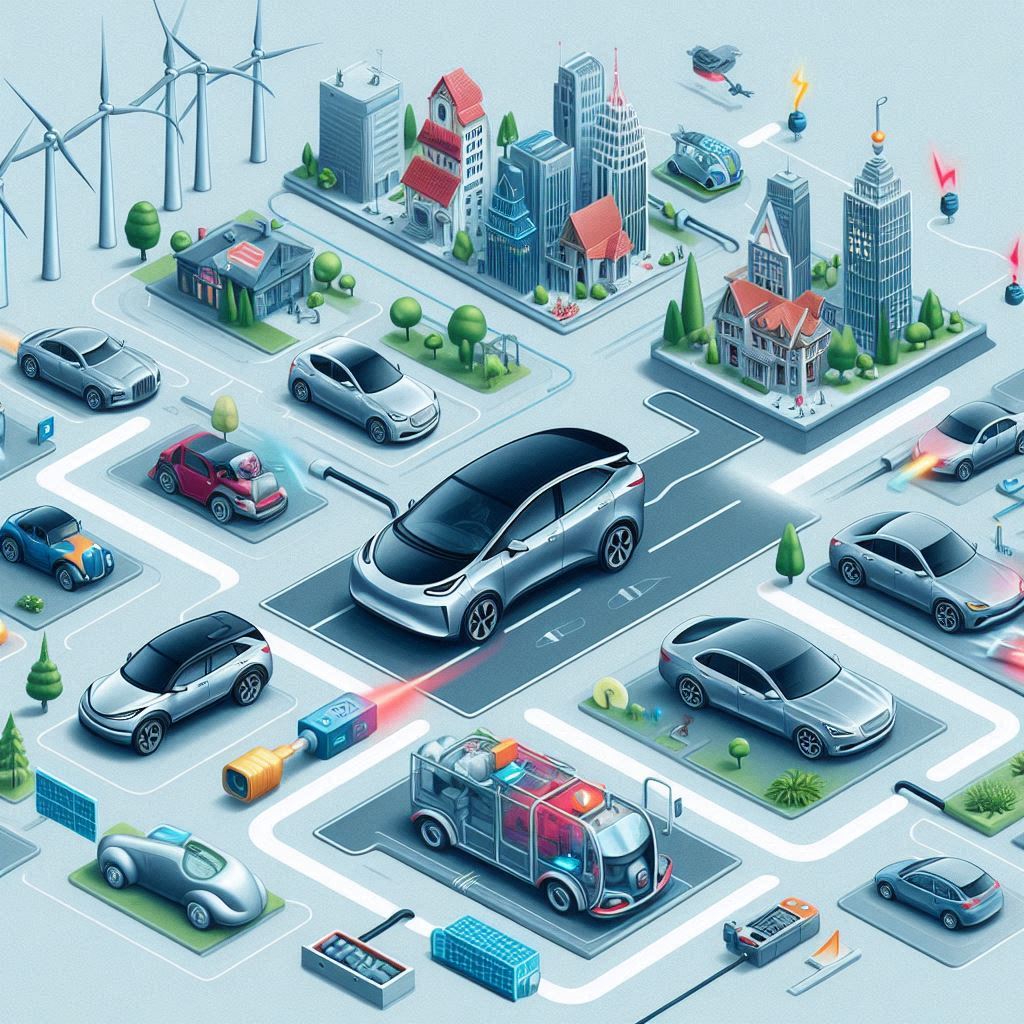
Electric cars are no longer a futuristic dream—they’re a reality. In 2024, battery advancements, market expansion, diverse business models, and improved charging infrastructure will collectively drive EV penetration. Buckle up, because the road ahead is electric!
Remember, the future is charged with possibilities. 🚗⚡
Xiaomi SU7 Sedan: A New Challenger in the EV Race
Electric Dreams: CES 2024’s Amazing New Innovations In EVs
From Zero to Hero: The Honda EV SUV Ignites a New Era



